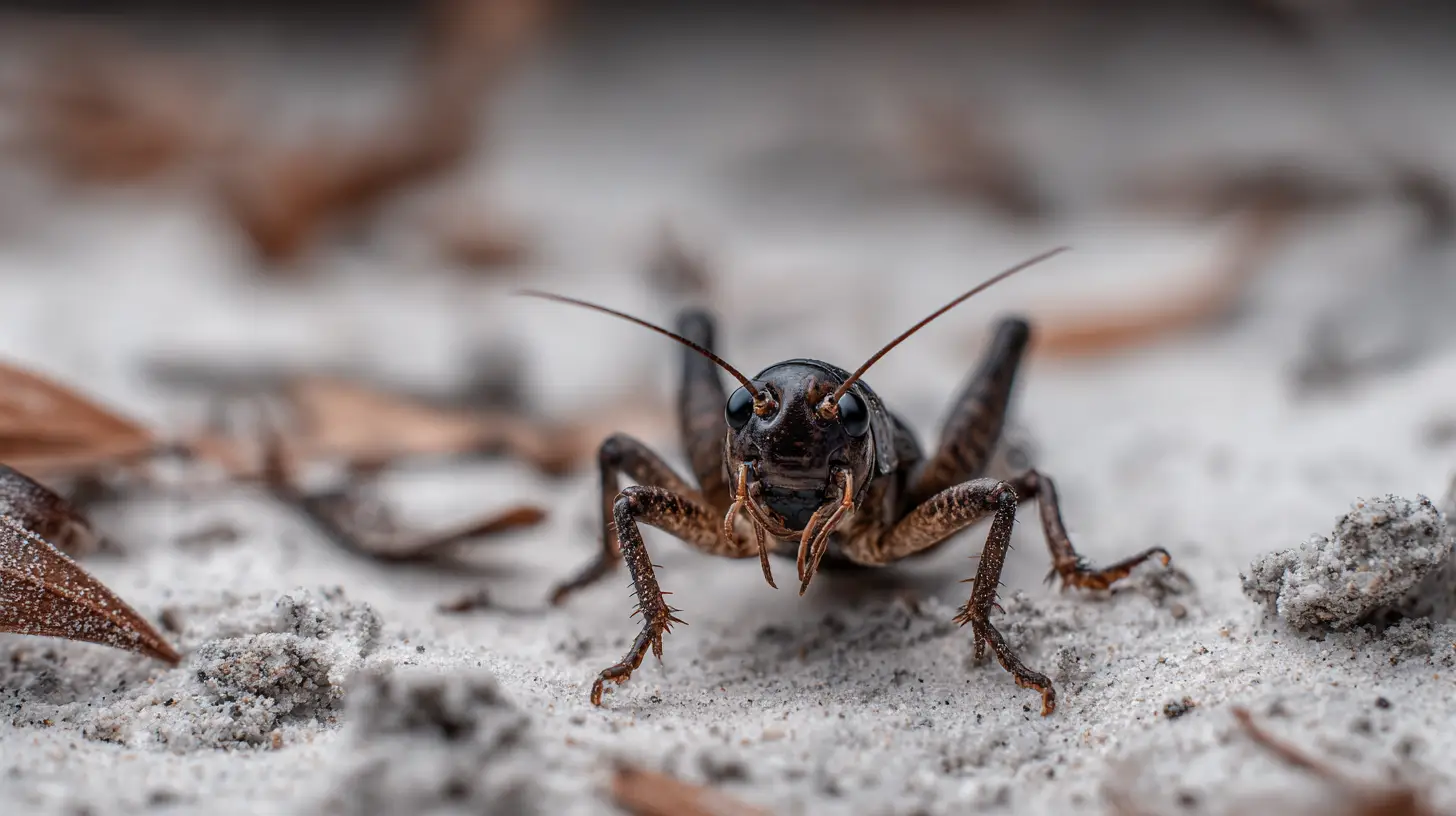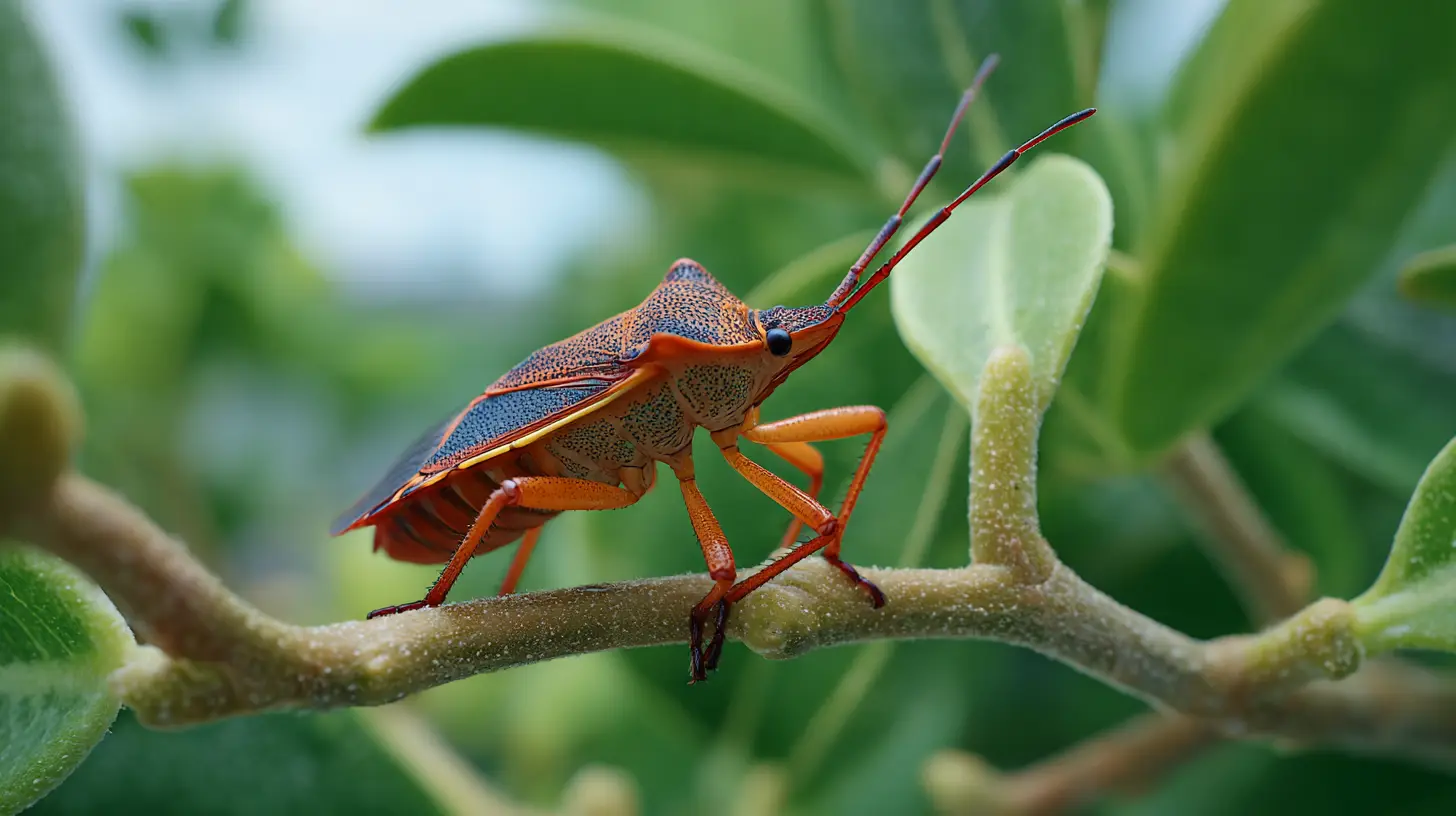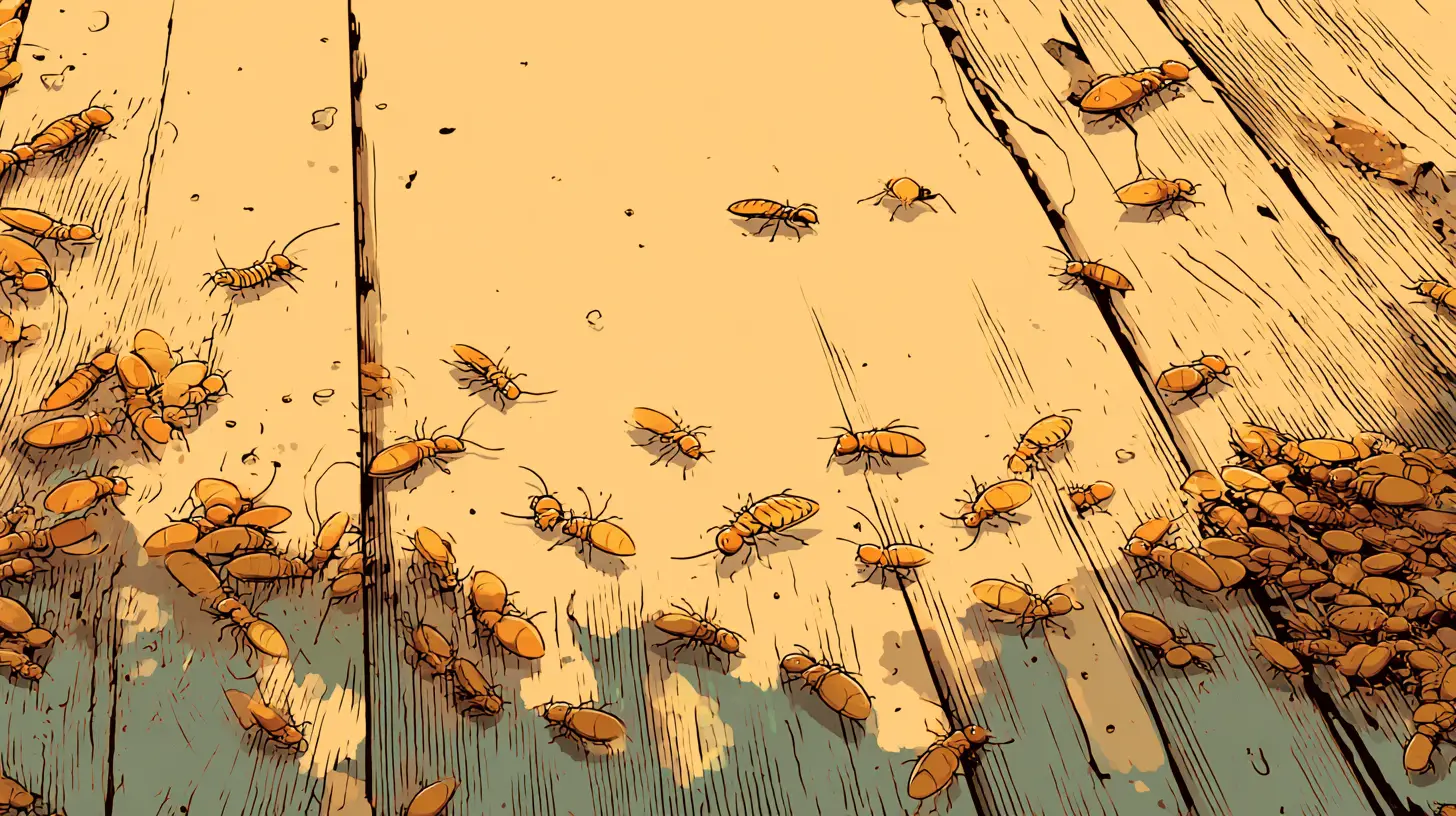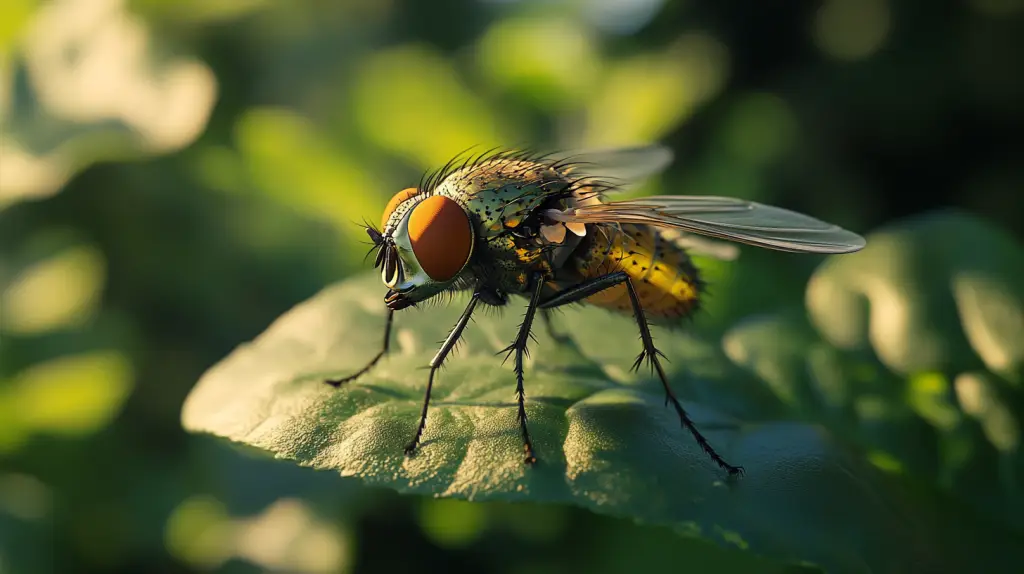
Table of Contents
If you’re ready to get rid of cluster flies, let’s talk about the kind of slow-moving, attic-huddling pests that quietly make themselves at home around Lakewood Ranch, FL. They’re not glamorous, they’re hardly terrifying, but they are obnoxious—and if your home feels like their winter getaway, it’s time to act. We’re talking real talk, friendly chat about how you can regain peace in your space—especially if you’ve been Googling “pest control in Lakewood Ranch” or wondering when to call an exterminator in Lakewood Ranch.
Key Takeaways
- These flies flock to warmth: attics, gaps around windows, wall voids.
- They don’t carry disease like some house flies, but the mess and numbers still bug you.
- Preventing entry (think windows, doors, utility lines) is half the battle.
- If DIY methods falter, a vetted local pro in pest control in Lakewood Ranch can lock things down.
- Hiring an exterminator in Lakewood Ranch makes sense when clusters overwhelm or you can’t find the “welcome mat.”
What’s really going on with cluster flies?
During the cooler months here in Central Florida, you might notice weird little fly-clusters near your windows, or in your attic. These are often cluster flies—not your everyday trash-diving house flies. They’re sluggish, they gather in groups, and they’re looking for a cozy nook. Their goal? To overwinter.
What makes them different:
- They’re larger than a typical house fly.
- Their bodies tend to look a bit more “plump,” and they often move slowly.
- They prefer warm, hidden places—why your attic or attic-accessible eaves matter.
- They don’t nibble on your food left out or breed inside your kitchen trash (in most cases). So if you’ve got fly trouble in the wrong spot, it might be a different kind of pest.
Now, yes: you might be tempted to ignore them because “they’re not biting,” but let’s be honest—when dozens (or hundreds) of them show up, they become your problem. That’s where targeted pest control in Lakewood Ranch comes into play, because leaving them untreated can turn into a recurring issue every season.
Why they pick your home in Lakewood Ranch
Lakewood Ranch offers everything these flies want: warm temperatures, lots of green spaces, and homes with attics or wall voids that offer protection. Once they find a niche—say, behind your siding or up in the attic—they hang out. When spring sunshine hits, they stir, migrate inside, and suddenly you’ve got a fly party you didn’t invite.
If your windows aren’t properly sealed, if there are gaps where utility pipes enter your home, or if the attic insulation has weak spots—these are like open doors for them. That’s why when you call an exterminator in Lakewood Ranch, you’re not just paying for a spray: you’re repairing your home’s “fly-proofing.”
Common Fly Species in Florida
Cluster flies aren’t the only buzz in town. Lakewood Ranch has a whole cast of tiny, winged freeloaders that show up where we live, work, and walk the dog. From swarms over ponds to bites at backyard barbecues, these are the usual suspects — and how to deal with them before they take over your evenings.
1. Aquatic Midge Flies (Non-Biting Midges)
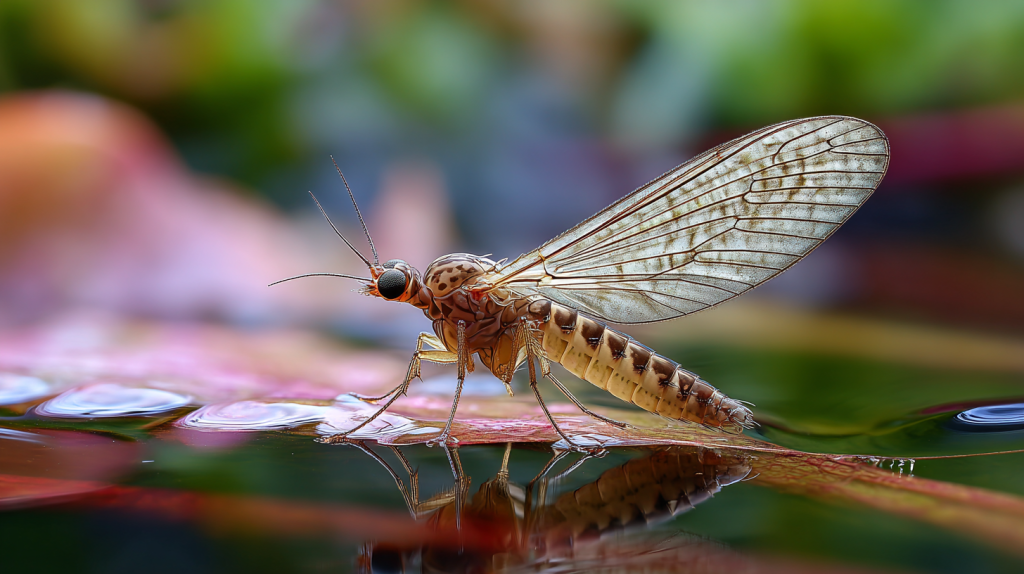
These little mosquito look-alikes love our Florida ponds. Their larvae live in sediment, and when they hatch, you’ll see clouds of them hovering over the water — especially around dusk. In heavy swarms, it can feel like you’re walking through a flurry of tiny bugs.
- Why they matter: They don’t bite, but when numbers explode, they leave piles of dead bodies on patios, cars, and outdoor furniture. Not exactly the lakeside vibe you want.
- What to watch for: Tiny flies gathering in big numbers around pond edges, often emerging in humid or still weather. Mornings may bring a layer of the fallen.
- How to manage: Improve pond aeration or circulation — it disturbs their breeding spots. If they keep coming back, your HOA or a pest control professional in Lakewood Ranch can use larvicides safely around aquatic habitats.
2. Cluster Flies (Indoors, Around Attics & Windows)
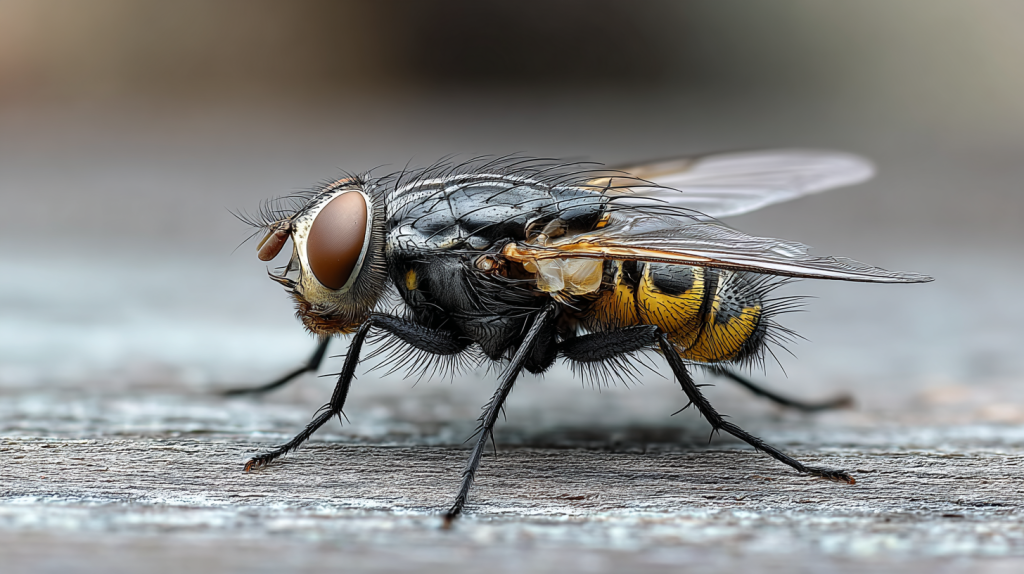
These are the ones sneaking into homes during cooler months, especially in fall and early spring. Cluster flies (from the genus Pollenia) love attics, wall voids, and sunny window areas.
- Why they matter: They’re not dangerous, just frustrating. You’ll spot them moving slowly in groups, lounging like they own the place.
- What to watch for: Groups of slow flies near windows, lights, or the attic — especially after a warm day following a cold night.
- How to manage: Seal cracks, check attic ventilation, use screens, and call an exterminator in Lakewood Ranch if you’ve got more than a few hanging around.
3. House Flies & Fruit Flies (Everyday Indoor Pests)
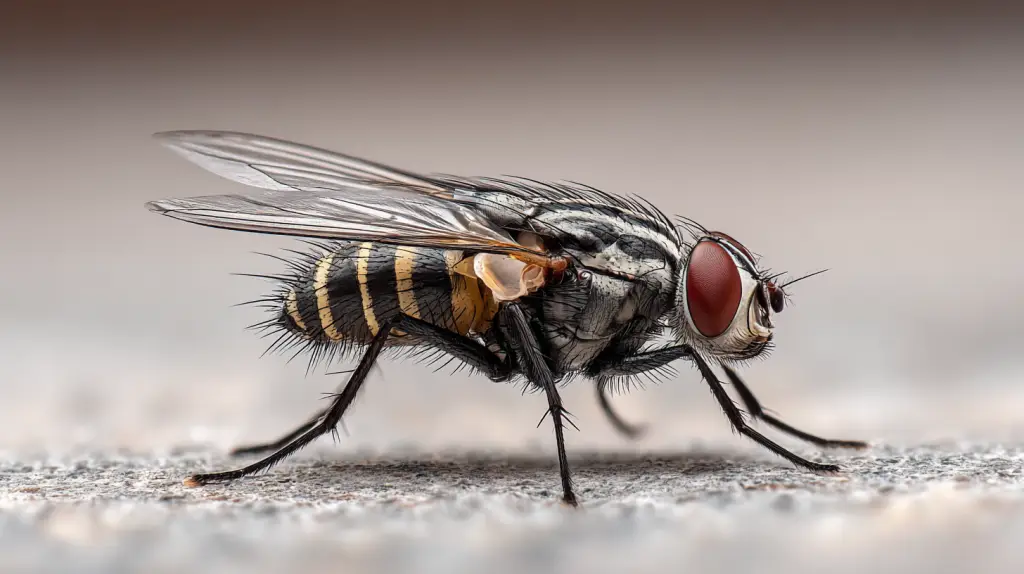
The classics. House flies (Musca domestica) and fruit flies (Drosophila species) are the tiny kitchen invaders we all know too well. They love anything fermenting, sticky, or just plain gross.
- Why they matter: These guys breed fast — in trash, drains, and overripe fruit — and can spread bacteria onto your food and prep surfaces.
- What to watch for: Flies around trash cans, fruit bowls, or drains; buzzing in your kitchen or near pet food.
- How to manage: Keep food sealed, toss trash regularly, clean drains, and use screens. Sticky traps work for fruit flies, but if they keep returning, a local pest control company in Lakewood Ranch can treat hidden breeding sites you might miss.
4. Biting Midges (“No-See-Ums”)
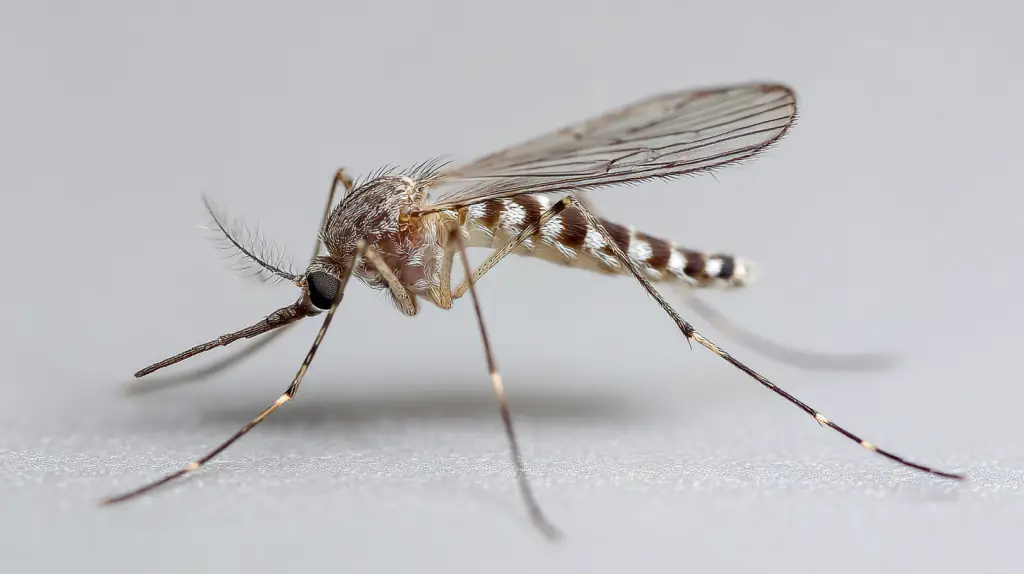
You don’t see them — you just feel them. These nearly invisible biters are part of Florida life, especially near ponds, damp soil, and lush landscaping.
- Why they matter: Their bites leave itchy welts, and because they’re so tiny, most people don’t realize what’s hitting them until they’re scratching.
- What to watch for: Clusters of small red bites on ankles, legs, or arms after spending time outdoors at dawn or dusk.
- How to manage: Use fine-mesh screens, apply insect repellent, eliminate standing water, and trim dense vegetation. For persistent yard problems, a pest control expert in Lakewood Ranch can recommend barrier treatments that actually work.
5. Blow Flies & Bottle Flies
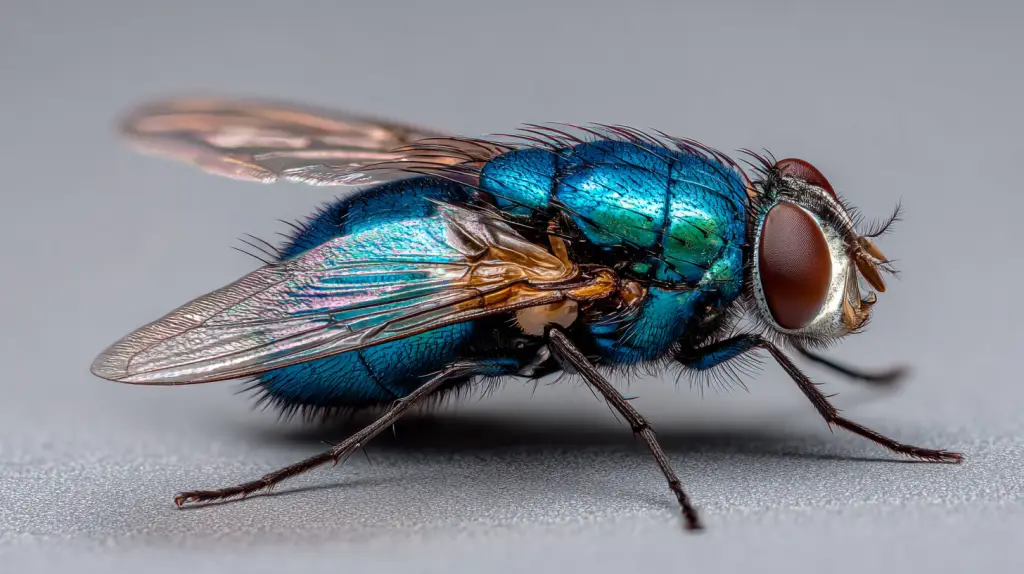
The metallic blue-green ones you notice buzzing around trash or… well, anything dead. Blow flies (Calliphoridae) and bottle flies (Lucilia species) are nature’s cleanup crew, but you don’t want them cleaning up at your place.
- Why they matter: Their presence often means there’s decaying organic matter nearby — think pet waste, garbage, or a small animal that didn’t make it.
- What to watch for: Shiny flies with metallic coloring hanging near trash bins, compost, or outdoor pet areas.
- How to manage: Keep outdoor trash sealed, clean up waste promptly, and check for any hidden odor sources. If they’re persistent, call an exterminator in Lakewood Ranch to inspect for dead animals or decaying material that might be out of sight.
The Takeaway
Lakewood Ranch’s warm, pond-dotted environment is paradise — for people and flies alike. Whether it’s midges clouding up your evening walk or cluster flies setting up shop in your attic, knowing what you’re dealing with is half the battle. The other half? Having a trusted pest control service in Lakewood Ranch on speed dial when “a few flies” turns into a full-blown infestation.
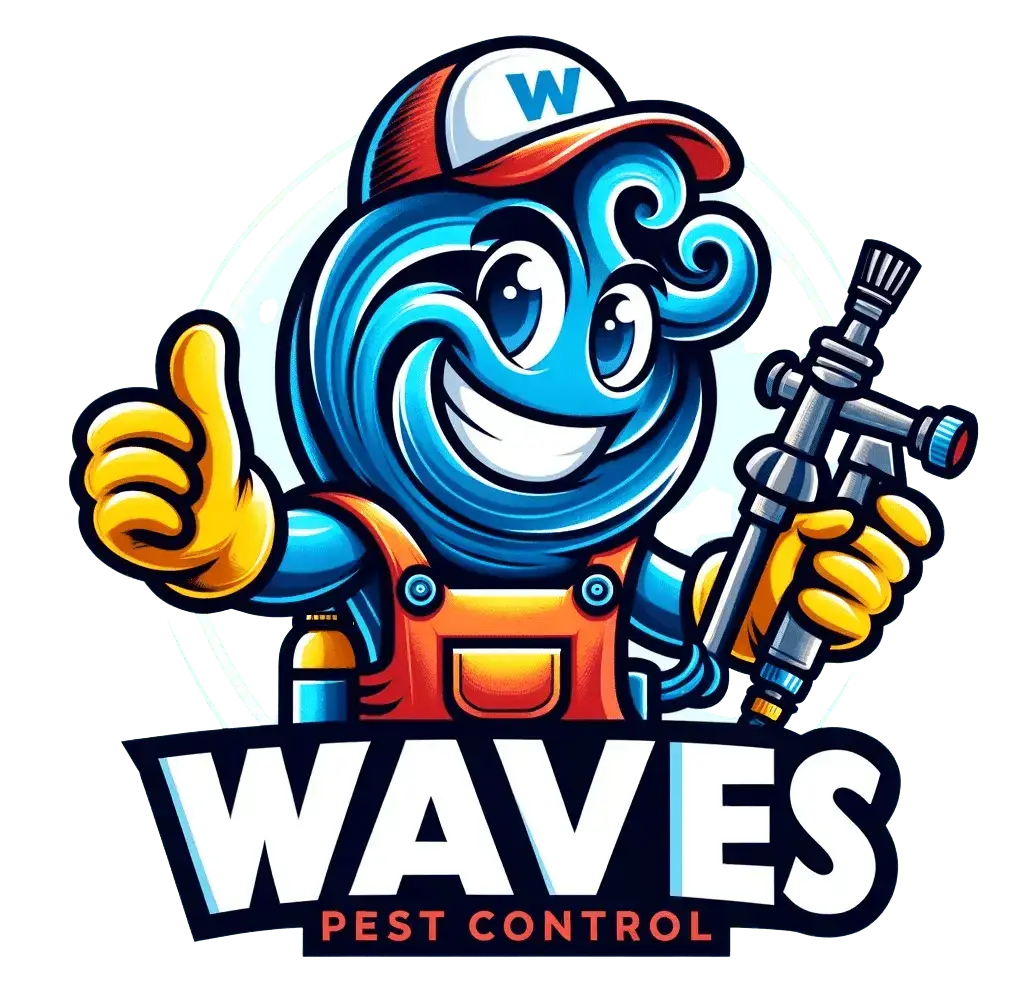
Get Pest-Free Today!
Trust Waves Pest Control for expert pest control in Lakewood Ranch, FL. Call now or request your free quote online!
Request a QuoteEffective Methods to Get Rid of Cluster Flies in Lakewood Ranch, FL
Let’s get real — once cluster flies have found your attic, they’re not leaving without a little persuasion. The good news? You don’t need to fumigate your whole house or panic-clean at midnight. These simple, effective steps can help you kick them out and keep them from returning.
1. Seal Entry Points
Cluster flies don’t break in — they sneak in. Tiny cracks around windows, doors, vents, or where pipes meet walls are like open invitations.
- Inspect everything: Check siding seams, attic vents, eaves, and utility openings — especially on the south and west sides of your home, where flies gather for warmth.
- Seal them up: Use caulk, foam, or weather stripping to block their favorite entry routes. Think of it as locking the door before the party crashers show up.
2. Vacuum or Swat Visible Flies
Cluster flies move slowly, which means you can usually outsmart them.
- Grab the vacuum: Suck them up from windowsills, ceilings, and attics. It’s oddly satisfying.
- Skip the chemicals: This method is clean, fast, and safe — no sprays needed.
3. Use Traps
If you’re seeing clusters in sunny spots or near windows, traps can help catch the stragglers.
- Sticky flypaper: Simple, effective, and perfect for hard-to-reach spots.
- DIY option: A jar with sugar water works wonders — flies go in, but they don’t come out.
4. Spray Approved Indoor Pesticides
Sometimes you need backup. If the infestation’s beyond swatting, use a targeted product.
- Choose wisely: Look for indoor sprays containing pyrethrins (derived from chrysanthemums — safe, but powerful).
- Be precise: Focus on active areas instead of coating the whole room. You’ll protect helpful insects while handling the problem efficiently.
5. Maintain Cleanliness
Cluster flies aren’t attracted to leftovers or garbage, but keeping your space clean helps discourage other pests from moving in.
- Stay tidy: Regularly wipe down surfaces and take out the trash.
- Bonus: A clean home makes it easier to spot early signs of any pest activity before it spreads.
6. Professional Pest Control
If cluster flies are turning your attic into a winter Airbnb, it’s time to bring in local help.
- Call a pro: A seasoned team offering pest control in Lakewood Ranch will know exactly where these flies hide and how to eliminate them safely.
- Why it works: They can treat hidden spaces, apply long-term barriers, and prevent a repeat performance next season.
7. Preventive Measures
Don’t wait for the swarm. Get ahead of it.
- Keep it tight: Repair torn screens and make sure attic vents are secure.
- Be smart with lighting: Reduce outdoor light at night — it attracts insects that draw predators like cluster flies.
- Seasonal treatment: Ask your exterminator in Lakewood Ranch to apply a residual insecticide around your home’s perimeter in late summer or early fall. It keeps cluster flies from sneaking in before winter hits.
Cluster flies might be slow, but they’re persistent. With the right combination of sealing, cleaning, trapping, and professional support, you can reclaim your home and keep it fly-free all year long.
If you’ve tried everything and they’re still showing up, that’s your sign to call a trusted pest control service in Lakewood Ranch — because sometimes, the easiest way to get rid of cluster flies is to let the pros handle it once and for all.
Smart DIY steps before calling in reinforcements
You can absolutely take smart action yourself:
- Seal up entry points: check around windows, eaves, attic vents, utility penetrations.
- Create deterrent conditions: reduce warm sunny spots on walls, shift stored items so flies can’t hide in bunches.
- Use traps or vacuums: since these flies move slowly, manual removal works better than you’d expect.
- Consider timing: Late summer/fall is when they start seeking indoors. Make that pre-season your prep time.
- Clean the usual suspects: not because cluster flies feed on waste, but because a maintained home asks fewer questions of pests.
That said, DIY only goes so far. When clusters persist or you’re unsure where they’re entering, you’ll want the help of a pro in pest control in Lakewood Ranch who knows which areas to inspect and how to treat them in a way that prevents recurrence—not just a surface fix.
When to call an exterminator in Lakewood Ranch
Here are signs you’re past “manageable” and ready for expert help:
- You’re seeing flies all over the upper parts of your home (attic, window frames, eaves) every sunny day.
- You’ve sealed obvious gaps but they still show up.
- You’re noticing stains or dead fly clusters that suggest heavy traffic.
- You’d rather spend your time enjoying your home than battling flies.
A quality exterminator in Lakewood Ranch will inspect the building envelope (that’s windows, walls, roofline), treat or seal entry zones, and provide an ongoing plan so you’re not stuck repeating the process year after year.
Final thoughts
Cluster flies may be slow, but they’re persistent — and in Lakewood Ranch’s warm, inviting climate, they’ll gladly make themselves at home if given the chance. The good news? You have the upper hand. Once you understand their habits and favorite hiding spots, prevention and control become straightforward. Sealing cracks, maintaining your home’s exterior, and tackling attic access points early in the season can stop them before they settle in.
For most homeowners, a solid round of DIY maintenance paired with vigilance during late summer and early fall will keep things under control. But when these attic-dwellers start showing up in force — buzzing around windows, gathering in clusters, or reappearing year after year — it’s time to call in reinforcements. A trusted exterminator in Lakewood Ranch can pinpoint where they’re sneaking in, apply targeted treatments, and ensure they don’t return when the next cool front rolls through.
Bottom line: your home doesn’t have to double as a fly hotel. With a mix of smart prevention, consistent upkeep, and professional support when needed, you can keep your space comfortable, sealed, and cluster-fly-free all year long.
Frequently Asked Questions (FAQs)
What exactly are cluster flies?
Cluster flies (often the species u003cemu003ePollenia rudisu003c/emu003e) are larger and slower than typical house flies. They seek warm, protected spaces to overwinter, like attics and wall voids, often gathering in groups.
How can I tell it’s cluster flies and not something else?
Look for these clues: flies that seem sluggish, clustering near windows or ceilings, appearing in large numbers during cooler months—but not necessarily huddled around your trash. They’ll often be in upper parts of the house rather than gathering in your kitchen bowl.
Do cluster flies pose a health risk?
No, they’re not known for spreading disease like some other flies. That said—they’re persistent, messy, and annoying enough that dealing with them makes sense before they become a full-blown nuisance.
What’s the easiest way to get rid of them?
Start by sealing up the entry points. Then manually remove visible flies (a vacuum helps). Sticky traps or indoor sprays come next, but if you want things handled with confidence, call in someone offering pest control in Lakewood Ranch for a targeted treatment.
Can I just spray something from the store and call it a day?
You u003cemu003ecanu003c/emu003e. It might work temporarily. But if you don’t find and fix where they’re getting in, they’ll return. For strong or persistent infestations, an exterminator in Lakewood Ranch brings the kind of deep fix that really stops the issue from re-starting.
How do I prevent them from coming back next season?
Do a “seal and shield” job each fall: check windows, attic vents, siding gaps. Keep things tidy in storage areas and attics—fewer hiding places. A once-a-year inspection by a local pest control professional can be a smart move.

